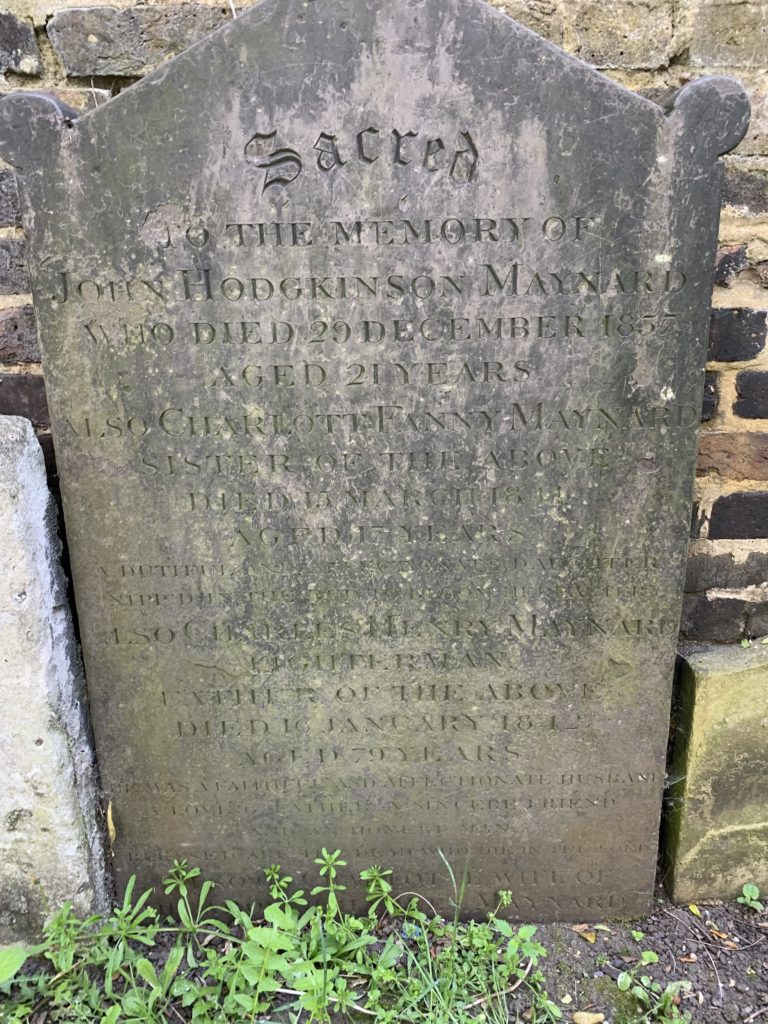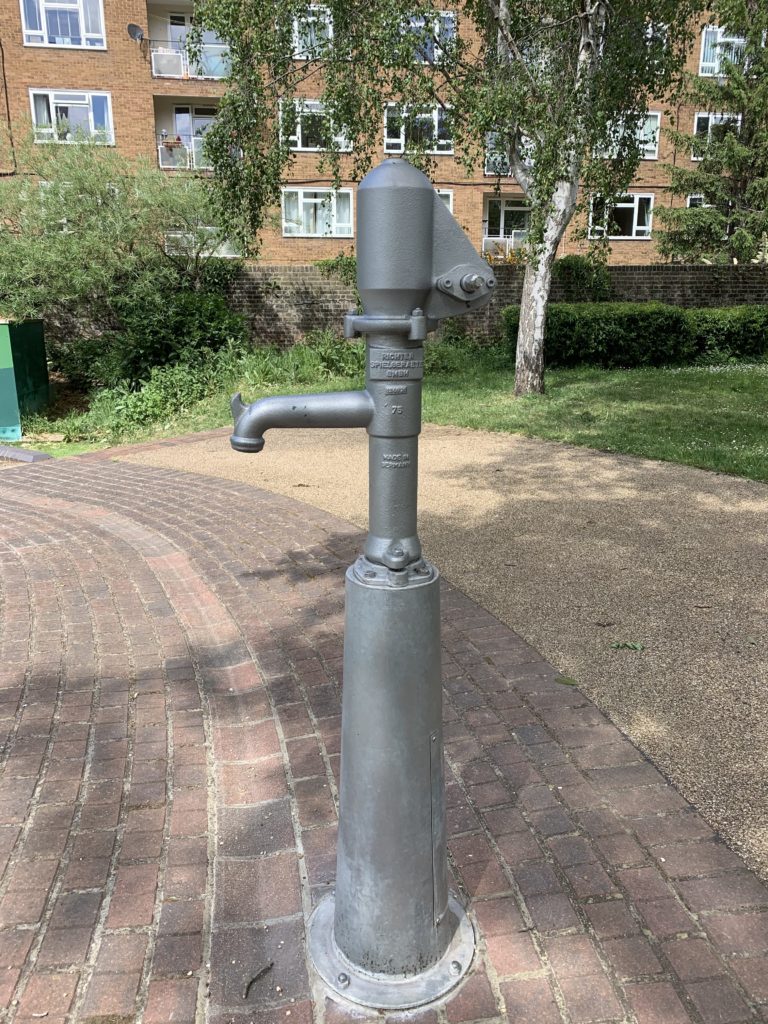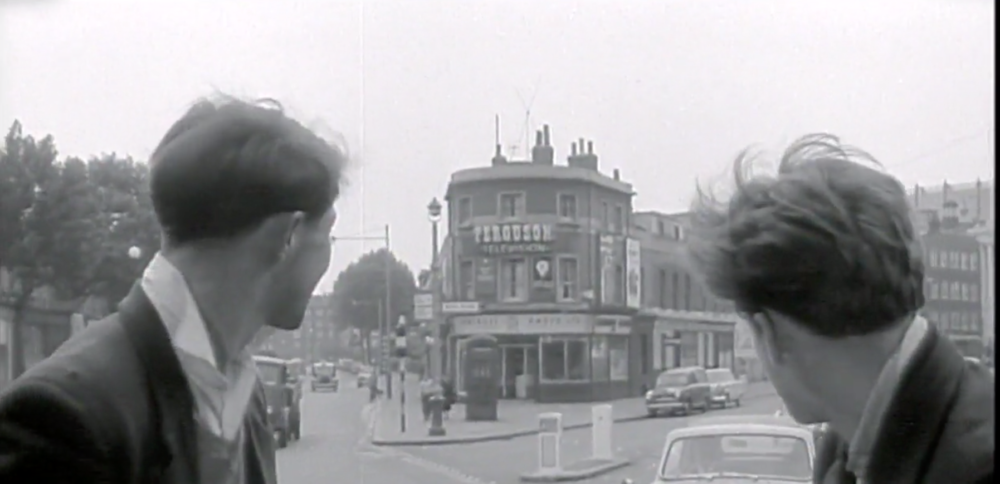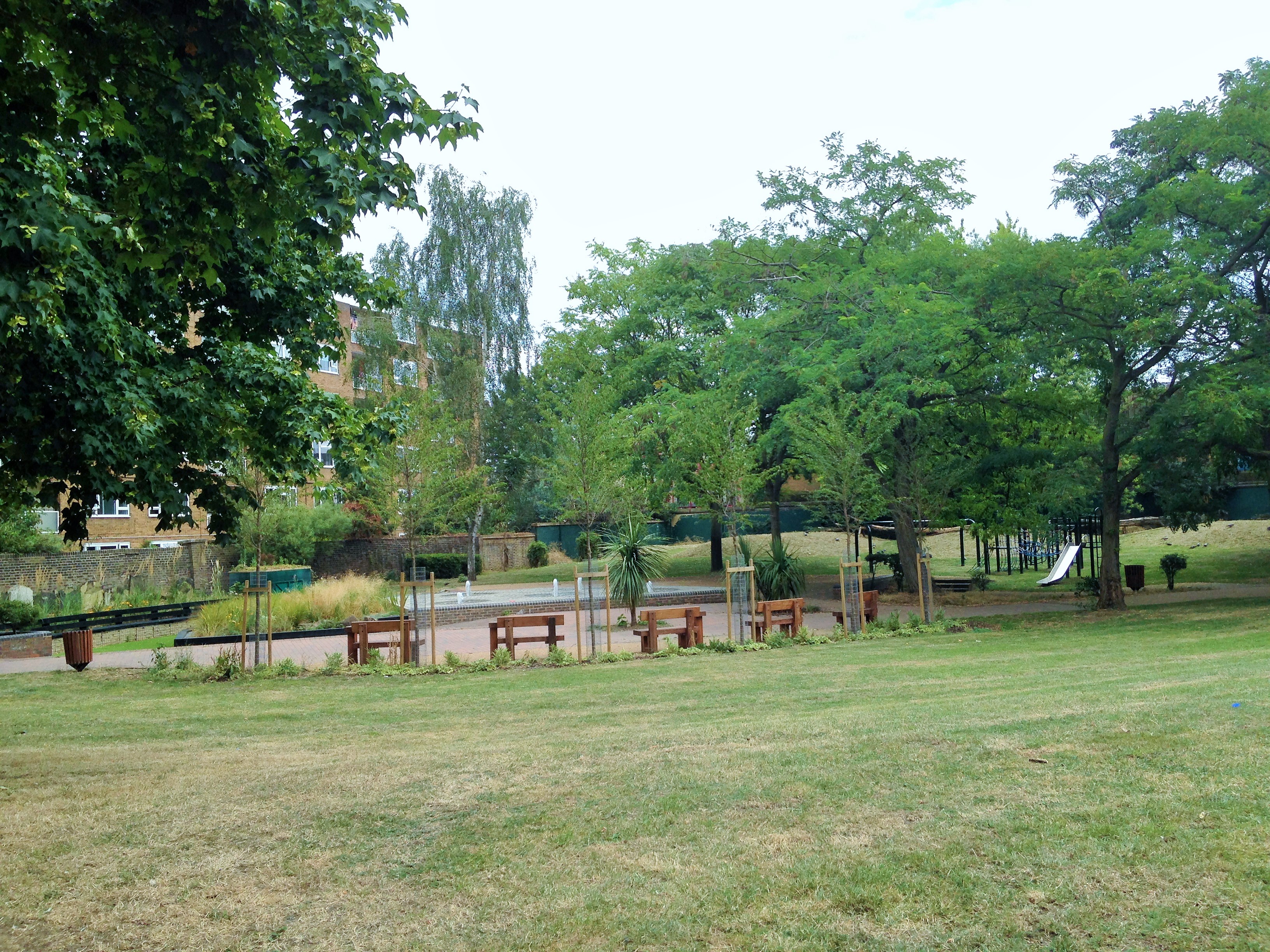History has an unusual system of circularity, and The Event that has engulfed the world is in many respects very similar to one experienced in early Victorian Greater Kennington. So bring those sparklingly clean hands forward boys and girls, as we are going to tell you about another misunderstood epidemic borne out of a need for greater hygiene.
In the first half of the nineteenth century Lambeth’s waterfront was the industrial hub of London, with factories such Royal Doulton lining the waterfront between Black Prince Road and Spring Gardens and disgorging pollutants into the air and water. The area behind the factories was populated primary by migrants from the countryside and a famine stricken Ireland (and now ironically populated by multizillion pound flats, but moving on..) who struggled for survival and lacked basic sanitation. As the area was built haphazardly on damp marshland (this was before the embankment of the Thames) there were no standpipes for water and the folks had no choice but to obtain their drinking water directly from the Thames. And we’ll leave it up to you to imagine what kinds of matter were deposited in the river at the time.
The Thames was the source of contagion when cholera struck Lambeth in October, 1848, resulting in the death of almost 2000 local men, women and children. At the time it was believed that cholera was transmitted through the air in foul smells, and foul smells were abundant in this industrial wasteland. Our patch of Lambeth was one of the first places studied by pioneering epidemiologist John Snow (no, not that one) who, after seeing people dipping pails into the river for drinking water, began his path to discovering that cholera was a water borne illness. Proof that science can prevail in times of darkness.

Of the people who perished, many were buried in unmarked graves in the cemetery of St. Mary’s church (now the Gardening Museum). The graveyard is now Old Paradise Park and is a little gem of solitude behind the high rises. On your daily and now unlimited walk stop to notice the headstones of the many residents of Lambeth who were contemporaries of those 2000 who perished, but who had a more dignified send off. And in the middle of Paradise Gardens you’ll encounter a solitary standpipe, which acts as a fitting monument to those buried beneath it.



